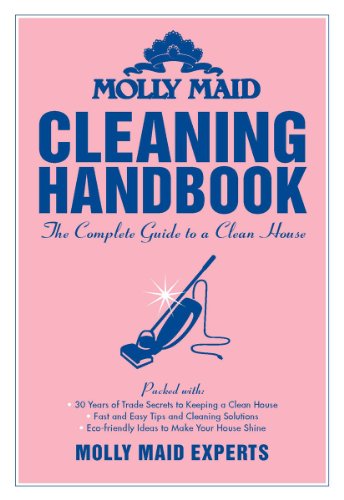
Making the home safer and more comfortable for an older adult or senior doesn’t necessarily mean doing a major renovation that could break the bank. Here are five tips from Elizz, Canada’s resource for all things caregiving, that will show family caregivers how making small changes in the home can have a big impact on safety for the older adult in their care.
Light the way
Whether it’s artificial or natural, adding more lighting throughout the home is a cost-effective way to increase safety for everyone who lives there. Consider adding more light fixtures or even plug-in lights to make hallways and staircases safer at night. You can also remove or draw back window coverings to bring in more natural light. If privacy is a concern, use vinyl film that mimics the look of frosted glass on your windows. Don’t forget to consider outdoor lighting as well. Solar or garden lights help prevent falls outside and add nighttime curb appeal by eliminating dark pathways, driveways, and entry ways.
Remove tripping hazards
Electrical cords, throw pillows, area rugs, children’s toys, and low furniture such as coffee tables and ottomans can all pose as tripping hazards or make it hard for anyone using a mobility device such as a walker or cane to maneuver around. Keep throw pillows and toys off the floor, and secure electrical cords with gaffer’s tape, or run them along the walls or behind the furniture. Put non-slip mats under area rugs and secure them to the floor with double-sided tape to help lessen the chances of anyone getting tripped up by the edges.
Make hardware easy to handle
Conventional door knobs and faucet knobs that require turning may be too difficult for someone with a disability to operate. Consider replacing these fixtures with levered handles that can be operated with one hand or an elbow.
Increase stair safety
Stairs can be tricky to navigate, especially if the person in your care has problems with depth perception, balance, or joint pain. Consider adding a second handrail if the stairs are against a wall, or lay down rubber stair strips to provide better traction on the steps. Make sure that staircases are well lit, especially at night.
Create contrast with colour
Did you know that colours appear more muted as we (and our eyes) age? A monochromatic colour scheme may be visually appealing to you but may be hazardous for someone who can’t easily distinguish between their chair seat and the floor, or even their plate and the tabletop. Opt for bright pops of colour or patterns that stand out against the floor or table top when considering area rugs, upholstered seats, coffee tables, and plates and glasses.
To learn more about Elizz virtual care and home care services for family caregivers and the people they support, please call 1-855-ASK-ELIZ (275-3549). Elizz is a Canadian company powered by Saint Elizabeth, a national not-for-profit health care organization that has been caring for Canadians since 1908.
By: Melanie Ramos

